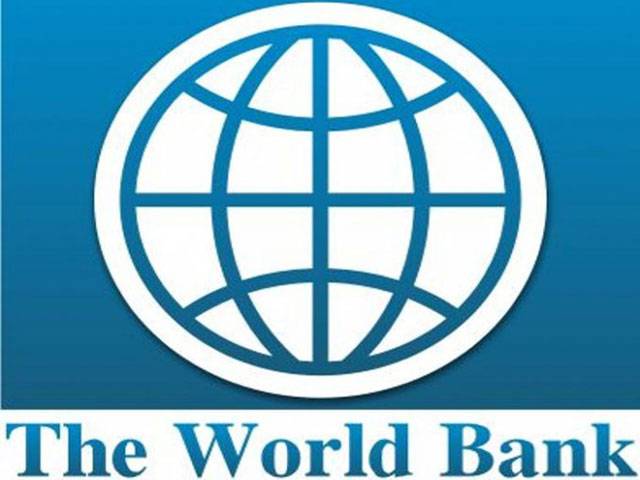ISLAMABAD
Pakistan’s economic growth is projected at 4.5 percent in the ongoing financial year (2015-2016), a World Bank report noted.
Aided by falling commodity and fuel prices, increased energy availability and improved security conditions, economic growth is picking up – albeit slowly – in FY2016. “Growth in Pakistan is projected to accelerate from 4.2% in FY2015 to 4.5% in FY2016 and 5.1% by FY2018, broadly in line with the underlying potential output growth and capital accumulation, supported by a growing industry and services sector on the supply side and strengthening investment flows on the demand side,” stated the WB’s twice-a-year South Asia Economic Focus.
It further noted that any demand-driven economic expansion as a result of China Pakistan Economic Corridor’s implementation is expected to be limited in the short-run as increased investment will likely be offset by a significant increase in imports. However, supply-side effects facilitated by higher power generation capacity and better infrastructure will be beneficial for economy in the medium- to long-term.
The WB forecasted that inflation is expected to steadily rise over the projection horizon as the base effect diminishes, domestic energy prices increase, and aggregate demand grows. Moreover, increased public investment partly to support the CPEC transport projects is expected to result in an increase in development spending while rationalization is expected to continue on recurrent expenditure. Additionally, tax collection is projected to improve as the government continues with efforts to rationalize tax exemptions in the upcoming budget, while improving compliance and administration. This is crucial to generate fiscal space while contributing to a declining debt trajectory.
“A decline in exports in FY2016 (followed by marginal export growth forecasts for the next two years) and an expected increase in imports will weaken the trade account; thus the current account deficit is projected to increase slightly to 1.3% by FY2018. Financial flows, including strengthening FDI, are expected to augment foreign exchange reserves, according to the report.
Industrial growth is accelerating on the back of higher activity in large-scale manufacturing and construction, the latter being driven primarily by initiation of CPEC infrastructure and energy projects. The improved industrial performance is expected to compensate, to some extent, the weather setbacks observed in the agriculture sector. Moreover, services sector is expected to grow modestly due to adequate financial sector profitability, substantial automobile sales, increased port activity, and higher telecom profits; although wholesale and retail trade is yet to improve. Progress continues on business climate, energy, access to credit and tax reform agendas. These efforts appear to have delivered some results to date, with private sector credit showing a sign of revival. Additionally, FBR taxes (comprising 70% of total revenues) continue to grow, achieving 58% of the target during July-February – a marked improvement from previous year.
The report also highlighted the risks and challenges faced by Pakistan. To unlock its high-growth potential, Pakistan needs to maintain the momentum in reforming its business climate, access to finance and trade regime. As the election year approaches in 2018, the government may find it difficult to implement unpopular decisions, particularly on taxation and energy. This, combined with pre-election spending pressures, poses a risk to prudent fiscal policy. CPEC, if completed, could be a game changer for Pakistan, but is currently mired in political economy risks. To ensure the corridor delivers on its potential, the government needs to address concerns and build consensus among all stakeholders. Furthermore, a prolonged slowdown in China could diminish financial inflows under these projects. Pakistan should also monitor a key driver of remittances: public investment cuts and the resulting restrictions on foreign employment in GCC countries, particularly in construction, where many Pakistani migrants are employed.






